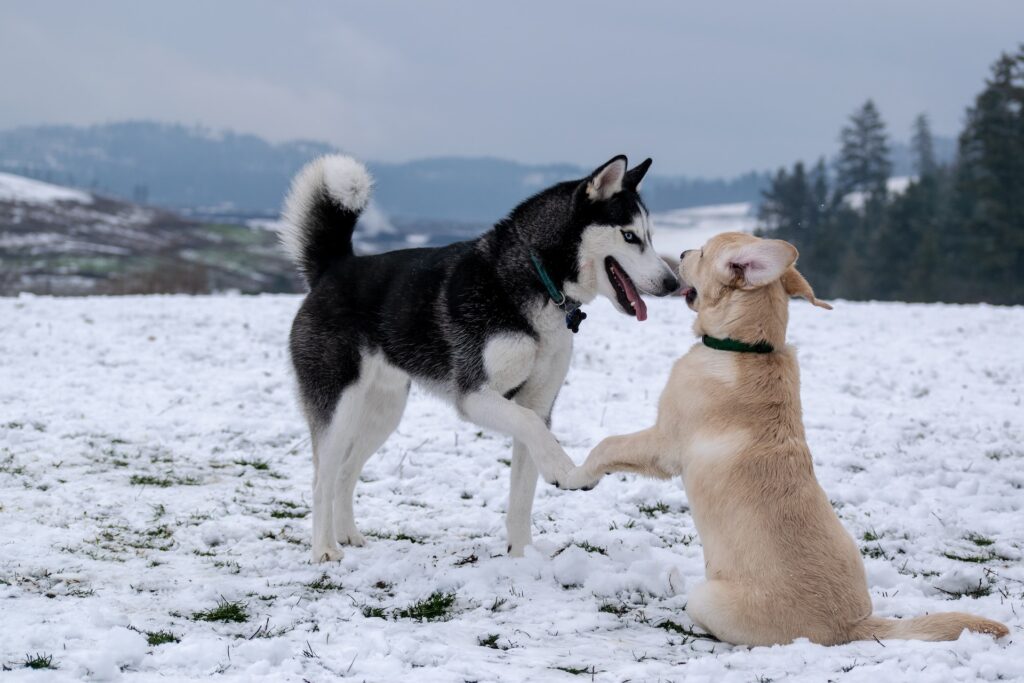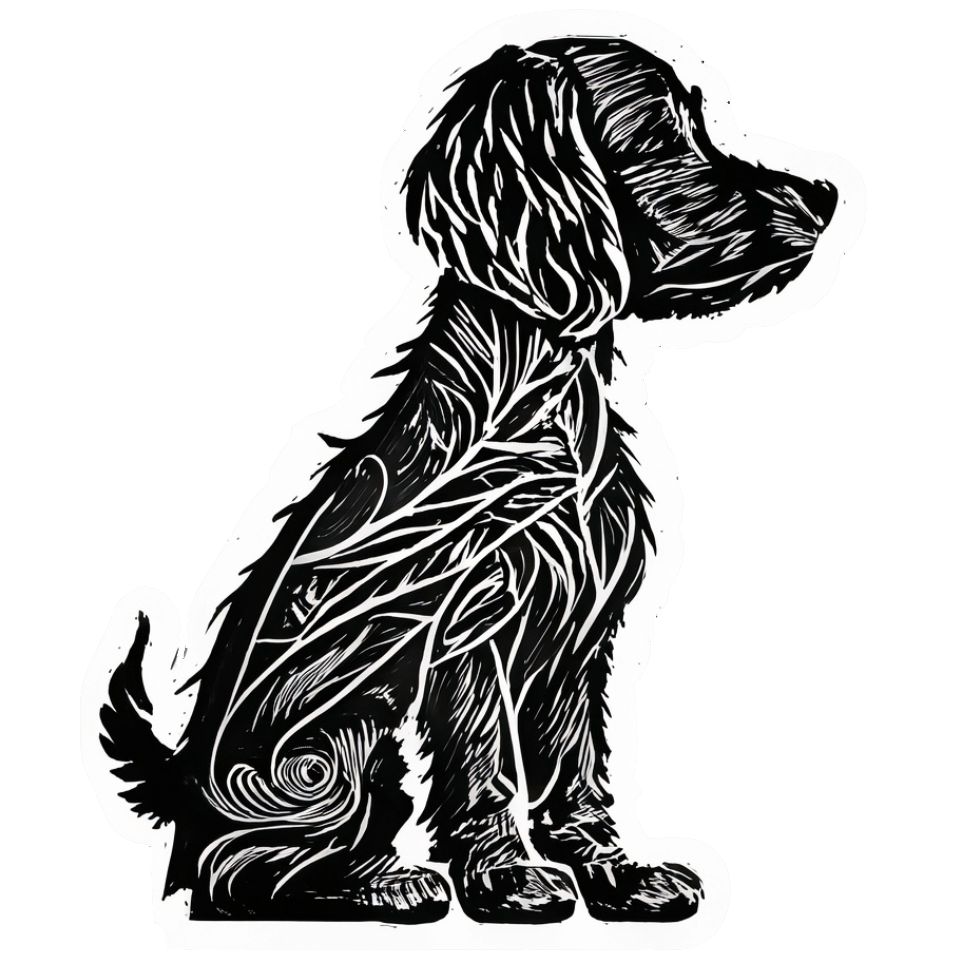The Powerhouses of the Polar Regions

Sled dogs, known for their endurance, strength, and resilience, have been an integral part of polar expeditions and indigenous communities for thousands of years. These dogs are not just pets or workers; they are partners and, often, lifesavers in the harshest conditions on Earth. In this article, we’ll explore the history, training, and significance of these remarkable canines.
The Legacy of Sled Dogs
Sled dogs have been used by indigenous Arctic and sub-Arctic communities for transportation, hunting, and communication long before they became associated with polar exploration. Breeds like the Siberian Husky, Alaskan Malamute, and Samoyed have deep-rooted histories as sled dogs.
- Historical Expeditions: Sled dogs played pivotal roles in famous polar expeditions, helping explorers like Roald Amundsen reach the South Pole and aiding in countless Arctic journeys.
- Cultural Significance: For many indigenous communities, sled dogs are deeply woven into their cultural fabric, symbolizing resilience, partnership, and survival.
Training Sled Dogs: Building Endurance and Teamwork
Training sled dogs is a comprehensive process that focuses on building stamina, fostering teamwork, and ensuring the safety of both the dogs and the musher.
- Puppy Training: Training begins when the dogs are puppies, introducing them to harnesses, sleds, and basic commands.
- Building Stamina: Gradual increases in distance and weight help the dogs build their endurance. Regular exercise, even outside of sledding seasons, is crucial.
- Team Dynamics: Sled dogs run in specific positions, with lead dogs setting the pace, swing dogs aiding in turns, and wheel dogs providing power. Establishing this hierarchy and ensuring team harmony is vital.
- Commands and Communication: Clear communication between the musher and the dogs is essential. Dogs are trained to respond to specific commands for directions, speed, and halts.
The Modern Role of Sled Dogs
While technology has introduced snowmobiles and other means of polar transportation, sled dogs remain relevant and revered.
- Racing Events: Modern sled dog races, like the Iditarod and the Yukon Quest, celebrate the endurance and skill of these dogs and their mushers.
- Tourism and Education: Many regions offer sled dog tours, providing insights into the traditional ways of life and educating visitors about the importance and skills of these dogs.
- Conservation and Research: In some areas, sled dogs assist with conservation efforts, helping researchers access remote areas without the environmental impact of motorized vehicles.
Sled dogs are a testament to the incredible bond between humans and dogs, showcasing trust, mutual respect, and unparalleled teamwork. Their contributions to exploration, culture, and modern sports are immeasurable. Dogipedia invites you to delve deeper into the world of sled dogs, celebrating their history, achievements, and the enduring spirit of these polar powerhouses. Whether you’re an enthusiast, a historian, or someone inspired by tales of resilience and adventure, our platform offers a comprehensive look into the world of sled dogs and their training. Join us in honoring the legacy, dedication, and passion of these remarkable canines and the communities that have relied on and revered them for centuries.
